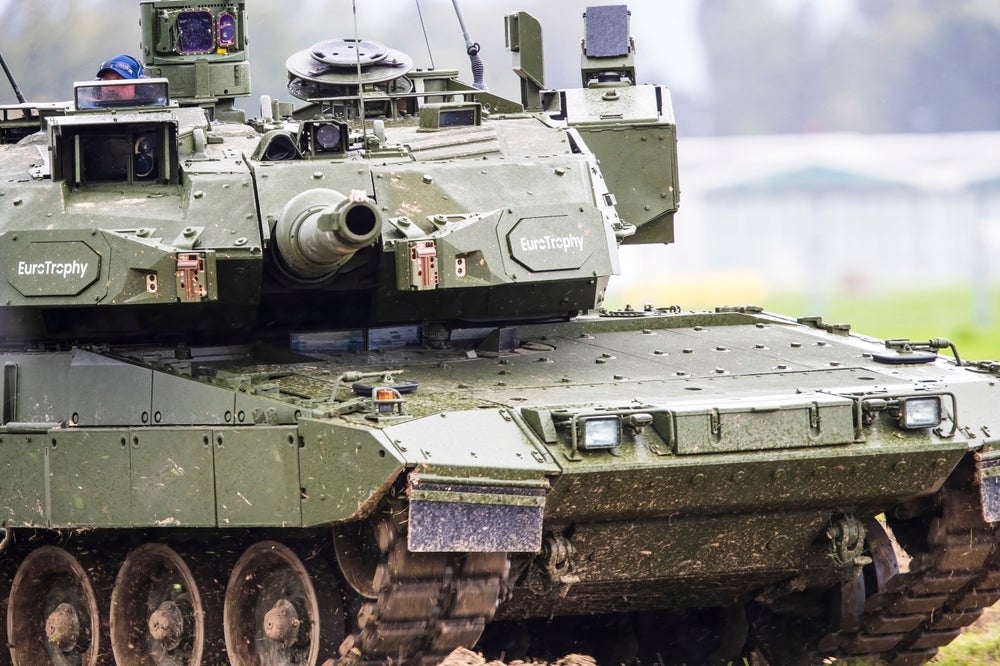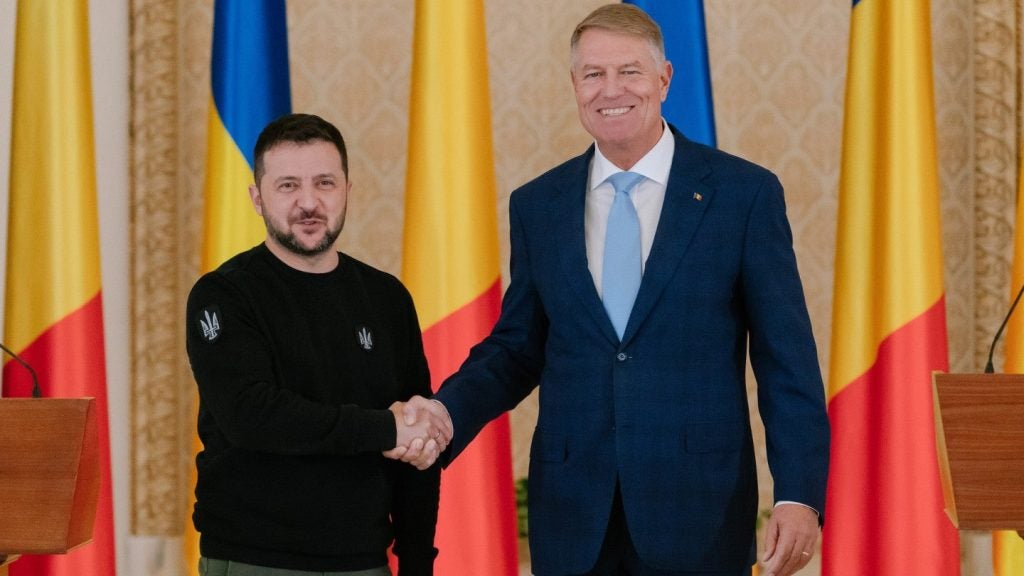The war in Ukraine has seen the first widespread application of 3D printing on the battlefield, primarily by Ukrainian forces.
Militaries worldwide, especially in the US, Europe, China, and India, have closely monitored these developments. The US and China’s large military investments give them an edge in further leveraging military 3D printing developments, although Europe’s proximity to Ukraine, which enabled the training of Ukrainian forces in military 3D printing applications within Poland and other regional hubs, also offers a distinct competitive advantage.
3D printing in the military context has the potential to reduce supply lines in critical circumstances. As Ukraine has received military donations from many different nations, it operates a uniquely diverse fleet of platforms and capabilities. Ukraine’s fleet consists of more than 40 different armoured platforms, ranging from older models inherited from the Soviet Union to newer Western tanks and armoured fighting vehicles. General inconsistencies in the accessibility of spare parts and critical components across the fleet pose a major challenge to Ukrainian force readiness and maintenance operations.
Australia sends 3D printing aid to Ukraine
Spee3D, an Australian 3D printing company, has been a leader in 3D printing industrial aid to Ukraine. ). It’s WarpSPEE3D printers were first trialled by the Australian Army’s 1st Brigade. The company is now successfully exporting the technology, including to Ukraine, and since 2023, they have sent three of their WarpSPEED3D metal 3D printers to Ukraine, as part of a military donation jointly funded by the Australian government. These advanced metal printers enable forces to create custom machine tools and parts for tanks, APCs, and other type of armoured vehicles.
The WarpSPEED3D is small enough to fit into compact ISO shipping containers, facilitating their transportation to key areas along the frontlines. Furthermore, Ukrainian troops have gone to Poland to be trained by Spee3D employees in how to operate and maintain their metal 3D printers, including under adverse combat conditions.
3D printing aids maintenance of ‘legacy systems’
Given that Ukraine has received a diverse fleet of military equipment from dozens of nations, 3D printing in the field enables them to create parts on demand that are usually in limited supply or which haven’t been manufactured in decades.
How well do you really know your competitors?
Access the most comprehensive Company Profiles on the market, powered by GlobalData. Save hours of research. Gain competitive edge.

Thank you!
Your download email will arrive shortly
Not ready to buy yet? Download a free sample
We are confident about the unique quality of our Company Profiles. However, we want you to make the most beneficial decision for your business, so we offer a free sample that you can download by submitting the below form
By GlobalDataFor example, Ukraine received 28 units of the Australian variant of the M113 armoured fighting vehicle. This variant was manufactured more than 40 years ago and has unique modifications to its cargo bed and gun platform that make it incompatible with standard M113 spare parts. 3D printing enables Ukrainian forces to manufacture the specific hinges needed to maintain these M113s, which have not been mass manufactured for a very long time.
In another important example, since just over half of Ukraine’s donations come from the US and the remainder from Europe, unit measurement conversions between metric and US imperial pose a major complication. If a US manufactured vehicle needs a half inch (12.7 mm) wrench, Ukrainian mechanics with metric tools could not use their standard 12mm wrench.
As imperial sized tools are not common outside the US, 3D printing enables such tools to be made immediately rather than be shipped from the US market. The same rules apply for screws, washers, and any other small components which can be efficiently manufactured by 3D field printers.
These examples demonstrate that although 3D printing is not intended to replace standard manufacturing processes, which currently remain more efficient, it can be used to manufacture specialist parts that are needed immediately and are otherwise unavailable, filling critical gaps in supply lines. The ability to rapidly move 3D printers across the front to coordinate with maintenance units ensures these critical parts can be delivered even faster.
Increasingly mobile solutions
The next step for 3D printing in the aerospace and defense industry is making increasingly mobile solutions which can be deployed and operated more flexibly than current bulkier systems. Militaries are looking to field this technology in future forward deployment bases, where it is hoped 3D printers could manufacture spare parts, weapons, ammunition, equipment and even UAVs for forces deployed along the front lines of a conflict. Although 3D printing is currently more expensive than conventional manufacturing and is expected to remain so in the near future, military commanders and frontline troops improve their combat abilities from these immediate tailor-made products.
Regulation as a dual use technology
As the war in Ukraine has demonstrated the practicality of this concept, state militaries will continue to invest in 3D printing technology over the coming decades. Similarly in the commercial sector, aviation and space firms are investing 3D printing to produce parts on location, reducing strain on logistical centers and reducing delays.
Considering its clear military and civilian applications, 3D printing may eventually become regulated as a dual-use technology so as to ensure rogue nations or terrorist entities cannot derive military value from civilian technological advances.






